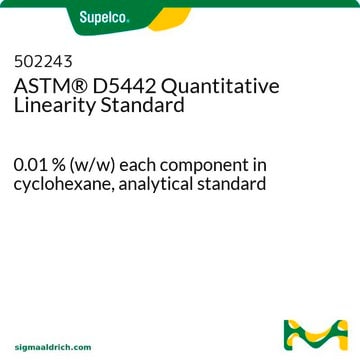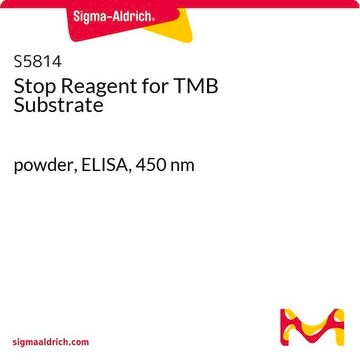658401
AG 490
A cell-permeable, reversible, substrate competitive, and potent inhibitor of epidermal growth factor receptor kinase autophosphorylation (IC₅₀ = 100 nM).
Sinónimos:
AG 490, α-Cyano-(3,4-dihydroxy)-N-benzylcinnamide, Tyrphostin B42, ( E)- N-benzyl-2-cyano-3-(3,4-dihydroxyphenyl)acrylamide, JAK1 Inhibitor II, JAK2 Inhibitor VI, JAK3 Inhibitor XI, α-Cyano-(3,4-dihydroxy)-N-benzylcinnamide, Tyrphostin B42, (E)-N-benzyl-2-cyano-3-(3,4-dihydroxyphenyl)acrylamide, JAK1 Inhibitor II, JAK2 Inhibitor VI, JAK3 Inhibitor XI
About This Item
Productos recomendados
Quality Level
assay
≥98% (HPLC)
form
solid
manufacturer/tradename
Calbiochem®
storage condition
OK to freeze
protect from light
color
yellow
solubility
DMSO: 100 mg/mL
shipped in
ambient
storage temp.
−20°C
InChI
1S/C17H14N2O3/c18-10-14(8-13-6-7-15(20)16(21)9-13)17(22)19-11-12-4-2-1-3-5-12/h1-9,20-21H,11H2,(H,19,22)/b14-8+
InChI key
TUCIOBMMDDOEMM-RIYZIHGNSA-N
General description
Biochem/physiol Actions
epidermal growth factor receptor kinase autophosphorylation
Warning
Reconstitution
Other Notes
Eriksen, K.W., et al. 2001. Leukemia15, 787.
Kirken, R.A., et al. 1999. Leukoc. Biol.65, 891.
Nielsen, M., et al. 1997. Proc. Natl. Acad. Sci. USA 94, 6764.
Meydan, N., et al. 1996. Nature 379, 645.
Gazit, A., et al. 1991. J. Med. Chem.34, 1896.
Levitzki, A. 1990. Biochem. Pharmacol.40, 913.
Legal Information
Storage Class
11 - Combustible Solids
wgk_germany
WGK 3
Certificados de análisis (COA)
Busque Certificados de análisis (COA) introduciendo el número de lote del producto. Los números de lote se encuentran en la etiqueta del producto después de las palabras «Lot» o «Batch»
¿Ya tiene este producto?
Encuentre la documentación para los productos que ha comprado recientemente en la Biblioteca de documentos.
Nuestro equipo de científicos tiene experiencia en todas las áreas de investigación: Ciencias de la vida, Ciencia de los materiales, Síntesis química, Cromatografía, Analítica y muchas otras.
Póngase en contacto con el Servicio técnico







